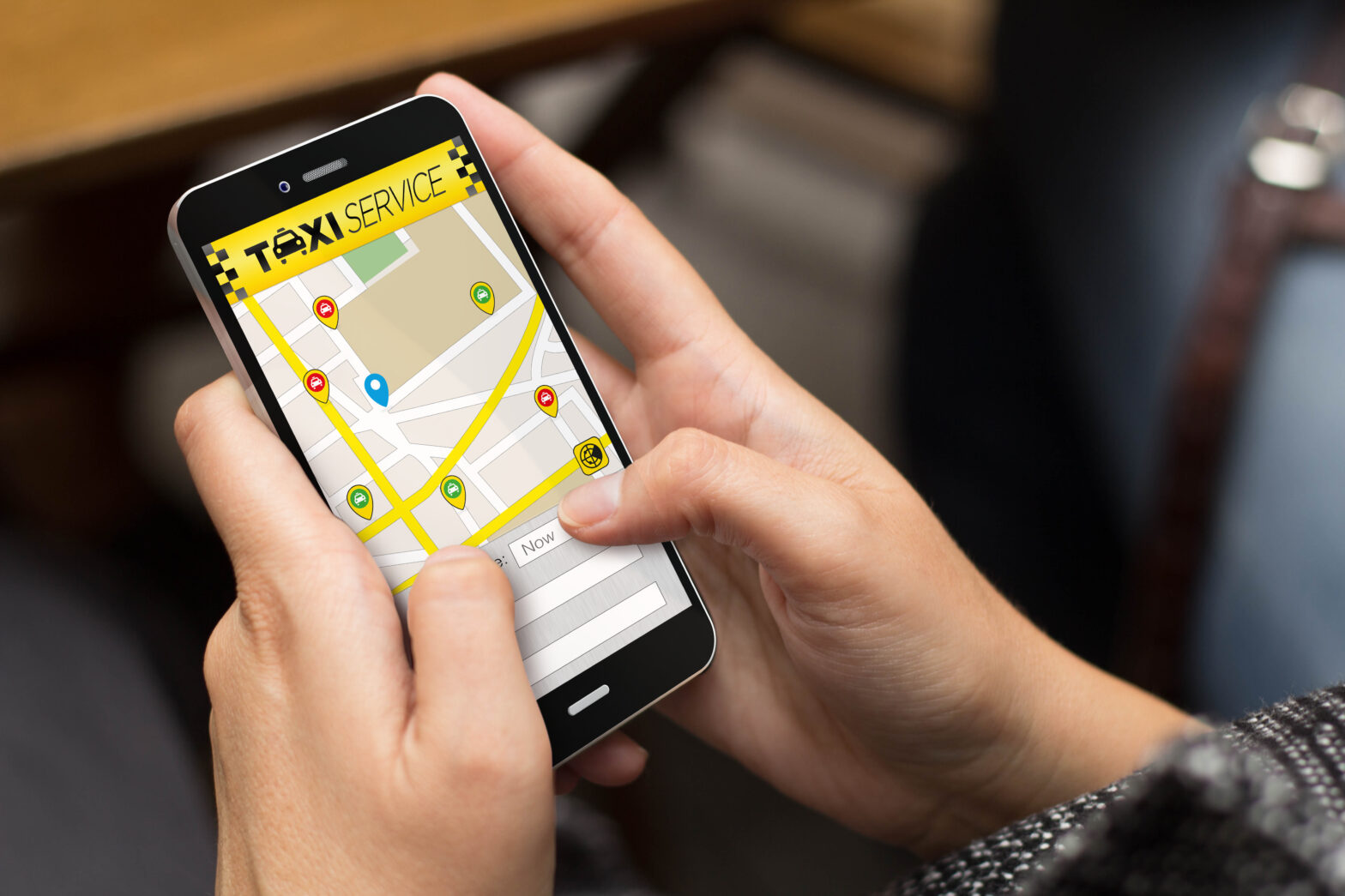In this SmallBusiness.co.uk monthly series of ‘Lessons Learned’, Jennifer Janson, author of The Reputation Playbook and managing director of Six Degrees, assesses how a company recently in the news has handled a crisis, and provides top tips for small businesses to avoid making the same mistakes. This time, she looks at what businesses can learn from Uber’s delving into politics.
When politics meets business things rarely end well. We saw it in the UK with the EU referendum. And we are seeing it in the US with Trump. If a company chooses to nail its colours to a political mast, it will automatically alienate potential customers that have a different political view.
If a company does this knowingly, and in alignment with its core values – as has been the case with Starbucks supporting gay marriage and promising to hire 10,000 refugees in the wake of Donald Trump’s recent executive order – it can send a very strong message about the brand. But sometimes a company does it inadvertently and can also suffer the ramifications. Such was the case with Uber when, following the appointment of its CEO Travis Kalanick to Trump’s economic advisory council, a series of events unfolded that would eventually see a huge #deleteuber campaign across social media, accounting for a reported loss of some 200,000 Uber customers.
The point of this article is not to go into the detail of the story. If you are interested, The New York Times is just one of the hundreds of media outlets that covered the story in some detail. What we want to do here is look at the lessons learned when a company inadvertently puts itself at the heart of a media – and customer – storm. In an age when the President of the free world can tweet about a company, causing instant crisis communications requirements, it is worth spending time reflecting on your own risks and preparedness as a business.
Be early
Social media – and Twitter in particular – is a hotbed of story material for journalists. Crisis-driven stories have a tendency to start on social media before anywhere else. So if you do not have some sort of social listening in place you will always be on the back foot. There are hundreds of tools out there to give you insight into where your company is being talked about on the Internet. And many of them are free, so there’s really little excuse not to. For more robust solutions, you’ll need to pay something, but only you can be the judge of the likelihood of a crisis unfolding. At the very least it would be prudent to have identified a company (and even better a named individual) to turn on monitoring for you at very short notice should something unexpected arise. In our company, we use the Pulsar Platform, but there are other companies that do similar things, such as Gorkana, Kantar Media, Brandwatch, Hootsuite and Sprout Social to name a few.
Be prepared
The important thing is being prepared to react when something bad happens. And fast. Look at your business and identify where the potential risks are. Be honest with yourself. Prepare a single page with the following headings: Issue, context, contact details, operating approach, monitoring, tone of voice, response, communications protocol and immediate next steps.
Fill in what you can without knowing what crisis might arise. For example, you should identify a small, core group of people who would be involved should a crisis unfold – the starting point for this should be you (the CEO), a legal representative and your communications expert. Make a note of each individual and all possible contact details. If you think you really do have a potential crisis situation, it is worth planning a drill. Even bringing in an outside company to simulate a crisis unfolding so that you can test your people and your processes.
Let your values be your guide
In the heat of a crisis it is easy to feel like you simply have no idea what to do. Or to be faced with so much conflicting ‘expert advice’ that you don’t know where to turn. This is when it pays to revisit your values and ask yourself, quite simply, ‘what is the right thing to do?’. In Uber’s case, Kalanick made a very valid point when he said he wanted to have a seat at the table, discussing critical issues in the US today. And there’s no other office higher than that of the President of the United States. But the perception of employees and customers simply did not align with Kalanick’s thinking and he ultimately took the decision to stand down. One could argue that things could have been handled differently in the heat of the moment – and hindsight is 20/20 – but one can only make a decision based on the facts that you have at that moment.





